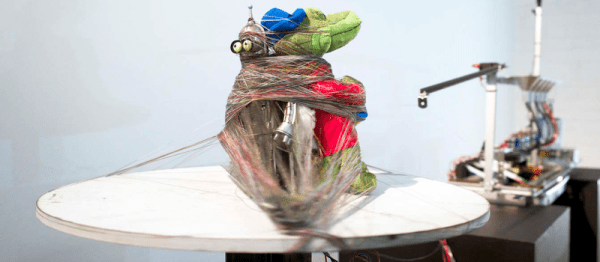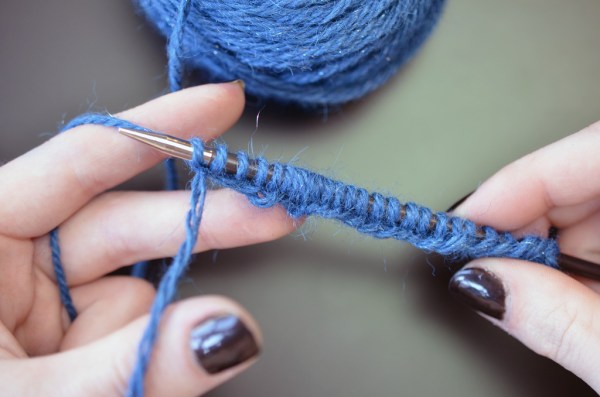A large hacker camp attracts attendees from all over the world, and at the recent Electromagnetic Field in the UK there were certainly plenty of international visitors. Probably one of those with the longest journey was [Sarah Spencer] from Australia, and she deserves our admiration not just for her work but also for devoting much of her meagre luggage space to the installation she’d brought over for the event. In the lounge tent you could find the Knitted Universe, a map of the night sky with light-up Neopixel constellations covering an entire wall, and among the talks you could find her in-depth description of how she created it by hacking a 1980s Brother knitting machine into a network printer.
She starts with a potted history of knitting machine hacking, leading to the use of an emulated floppy drive replacing the mechanical item used to store scanned designs on the original hardware. She took an existing hack for a 16-bit Brother knitting machine and re-wrote it for her later 32-bit model, and then created a web interface for it called Octoknit which runs upon a Raspberry Pi. We’re then taken through the operation of a knitting machine and her further adventures in reverse engineering the file format. She ends up with a dithered 4-colour image, but there remains a problem. On the Brother, colour changes are performed by pressing a button, so something to automate the process was required. This task was taken on by her husband, who created an Arduino-driven mechanical button-presser in what had become a team effort. With this in place her only manual task became a periodic adjustment of the weight that preserves the tension in the finished knit.
Finally she moves on to the Knitted Universe itself, which at that point had become something of a viral sensation. Those of us who have created hacker camp installations will appreciate the volume of work that went into the piece, and she truly deserves the applause at the end of the talk. Watch it below the break, it’s a fascinating half-hour.
Continue reading “Electromagnetic Field: A Hacked Knitting Machine, Knitting The Universe”























